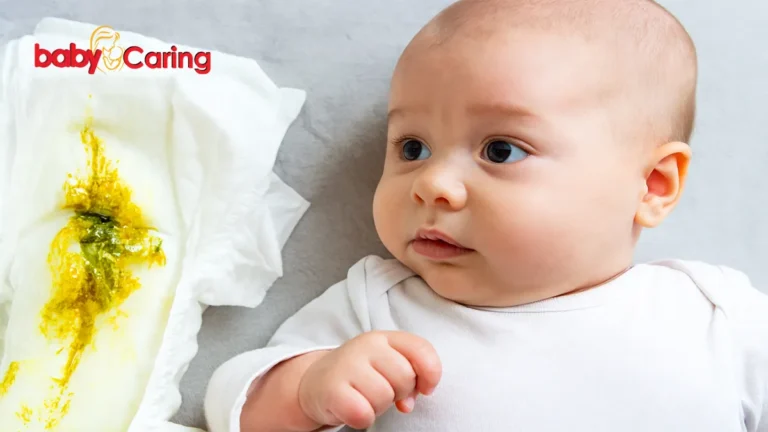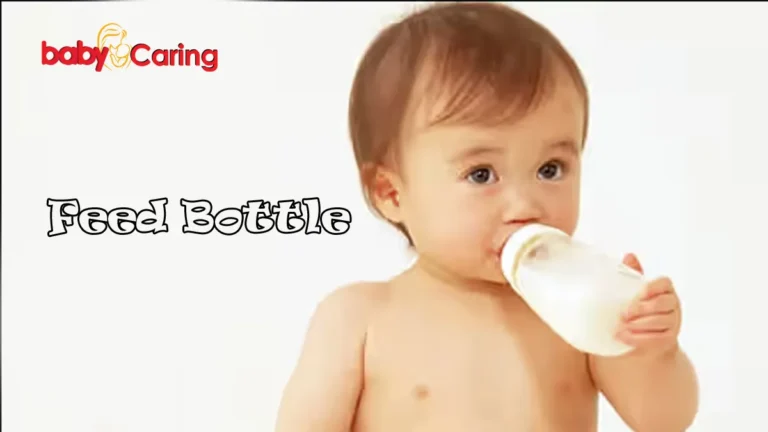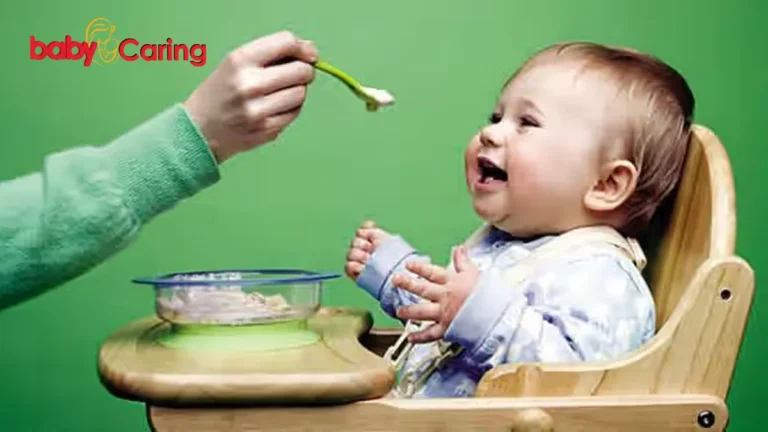
8 Powerful Remedies for Baby Bottle Tooth Decay That Actually Work
If you’re a parent worried about your little one’s smile, you’re not alone.
Baby bottle tooth decay is more common than most people think, and it can be heartbreaking to see your child’s tiny teeth getting damaged so early. But here’s the good news: with the right steps, you can prevent further damage, manage the problem, and even protect their future smile.
In this guide, we’ll talk about what baby bottle tooth decay is, what causes it, the stages it can go through, and most importantly — 8 remedies that actually work. These tips are easy to follow, practical for busy parents, and backed by dental health experts.
Understanding Baby Bottle Tooth Decay
Before we dive into remedies, let’s take a quick look at what is baby bottle tooth decay and why it happens.
Baby bottle tooth decay (also called early childhood caries) is tooth damage in infants and toddlers, often caused by prolonged exposure to sugary liquids like milk, formula, fruit juice, or sweetened drinks. The sugar feeds bacteria in the mouth, which then produce acids that wear away the enamel.
Common signs of baby bottle tooth decay include:
- White spots or lines on teeth (early stage)
- Brown or black spots (advanced stage)
- Sensitivity or pain when eating
- Swollen or red gums
Baby Bottle Tooth Decay Stages
To help you act quickly, here’s a simple table showing the baby bottle tooth decay stages and what they might look like:
| Stage | What It Looks Like | What’s Happening |
|---|---|---|
| Stage 1 | White chalky spots near the gum line | Early demineralization (enamel losing minerals) |
| Stage 2 | Light brown discoloration | Enamel breakdown begins |
| Stage 3 | Dark brown or black spots | Deep decay, possible pain |
| Stage 4 | Broken or missing teeth | Severe decay affecting tooth structure and possibly gums |
The earlier you act, the easier it is to manage and prevent pain for your child.
Baby Bottle Tooth Decay Causes
Some of the most common baby bottle tooth decay causes include:
- Letting your child sleep with a bottle of milk or juice
- Frequent snacking on sugary foods or drinks
- Not cleaning teeth or gums regularly
- Passing bacteria from parent to child (like sharing spoons or cleaning pacifiers with your mouth)
- Low fluoride exposure
8 Powerful Remedies for Baby Bottle Tooth Decay That Actually Work
Let’s go step-by-step through practical things you can do right now. These remedies are not just about treatment — they’re also about prevention, so your baby’s smile stays healthy for years to come.
1. Start Early with Gentle Cleaning
Even before your baby’s first tooth appears, you can start caring for their oral health. Use a soft, clean, damp cloth to gently wipe their gums after feedings.
Once the first tooth comes in, switch to a soft-bristled infant toothbrush and a smear of fluoride toothpaste (about the size of a grain of rice).
Why this works:
It removes the sugars and bacteria before they cause damage.
2. Avoid Bedtime Bottles with Sugary Drinks
One of the main causes of baby bottle tooth decay is allowing your baby to sleep with a bottle of milk, juice, or formula. While it might help them fall asleep, it also leaves sugars on their teeth all night.
Better alternative:
- Offer a bottle with water if they need comfort at bedtime.
- Try a soothing bedtime routine with rocking, singing, or a pacifier.
3. Limit Sugary Foods and Drinks
Frequent sugary snacks create the perfect environment for bacteria to thrive. Instead, try:
- Fresh fruits (soft and cut into safe, bite-sized pieces)
- Unsweetened yogurt
- Cheese cubes (great for neutralizing acids)
Tip: Even natural sugars, like those in fruit juice, can cause decay if they stay on teeth for too long.
4. Introduce a Cup by 12 Months
The longer your baby uses a bottle, the higher the risk of baby bottle tooth decay. Pediatric dentists recommend transitioning to a sippy cup or an open cup by the first birthday.
Why this helps:
Cups reduce the time liquid is in contact with teeth and promote better oral development.
5. Schedule Regular Dental Visits
Many parents think dental visits aren’t necessary until all baby teeth have come in, but the American Academy of Pediatric Dentistry recommends the first visit by age 1.
Early checkups help:
- Spot problems in the earliest stages
- Provide professional cleaning
- Give you tailored tips for your child’s oral care
6. Use Fluoride Wisely
Fluoride strengthens tooth enamel and makes it more resistant to decay. Depending on your water supply, your dentist may suggest:
- Fluoride toothpaste (in very small amounts)
- Fluoride varnish treatments
- Fluoride drops or tablets (if needed)
Note: Always follow your dentist’s advice to avoid using too much fluoride.
7. Don’t Share Utensils or Clean Pacifiers with Your Mouth
Bacteria that cause tooth decay can be passed from parent to child through saliva. Sharing spoons or “cleaning” a pacifier by putting it in your own mouth might seem harmless but can actually introduce harmful bacteria into your baby’s mouth.
8. Address Early Decay with Professional Help
If you notice any signs of decay — even tiny white spots — don’t wait. Professional treatment for baby bottle tooth decay can include:
- Fluoride varnish to remineralize enamel
- Dental sealants for added protection
- Gentle fillings for early cavities
- Crowns for more severe cases
Real-life example:
One mom noticed her toddler’s teeth had white streaks. A quick trip to the dentist revealed early decay, which was reversed with fluoride treatments before cavities developed.
Gentle Home Routine to Prevent Baby Bottle Tooth Decay
Here’s a simple daily plan:
| Time | Action |
|---|---|
| Morning | Brush teeth with fluoride toothpaste (grain-sized amount) |
| After meals | Wipe teeth and gums with damp cloth if brushing isn’t possible |
| Afternoon | Offer water instead of juice or sweet drinks |
| Evening | Brush teeth before bedtime |
| Bedtime | Offer only water in a bottle if needed |
Baby Bottle Tooth Decay Treatment
If your child is already showing signs of tooth decay, don’t panic — effective baby bottle tooth decay treatment options are available. The right approach depends on the stage of the decay. In the early stages, dentists often recommend fluoride treatments to help strengthen and rebuild weakened enamel. These can reverse damage before cavities fully form.
For more advanced stages, treatment may include gentle fillings, dental sealants, or even pediatric crowns to protect the affected teeth. In severe cases, especially if the decay reaches the nerve, a baby root canal might be necessary to save the tooth until it naturally falls out.
Alongside professional care, parents should maintain a strict home routine: brushing twice daily with fluoride toothpaste, offering only water at bedtime, and limiting sugary snacks. Acting early not only treats the problem but also prevents future dental issues.
Final Thoughts
Baby bottle tooth decay can feel overwhelming, but it’s a problem you can tackle with small, consistent changes. By understanding baby bottle tooth decay causes, spotting the stages early, and following these 8 remedies, you’re giving your child the best possible start for a lifetime of healthy smiles.
Remember — every little step matters. Your care and attention today will protect not just your child’s teeth, but also their confidence and comfort for years to come.








1 thought on “8 Powerful Remedies for Baby Bottle Tooth Decay That Actually Work”